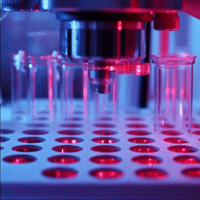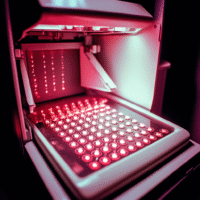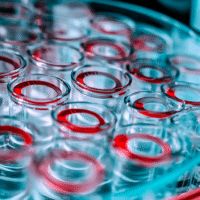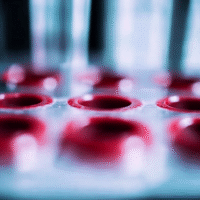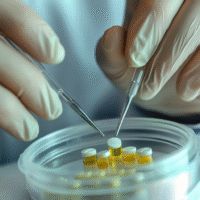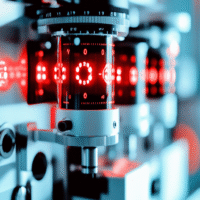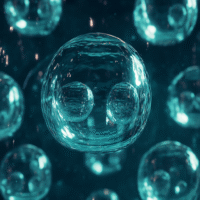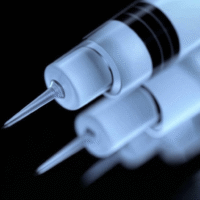Efficacy of 4% Tetracaine Gel vs. Lidocaine-Prilocaine Cream for Eyelid Surgery Pain Relief
Background
Local anesthetic injections can be very painful, which may discourage patients from accepting necessary procedures.
Objective
This study aimed to compare the effectiveness and side effects of 4% tetracaine gel (TG) and lidocaine-prilocaine cream (LPC) in reducing pain during local anesthetic injections for upper eyelid blepharoplasty.
Methods
Sixty participants were divided into three groups:
- Group A: Received EMLA and 4% TG
- Group B: Received EMLA and 4% TG
- Control Group: No topical anesthetic
The main focus was on pain scores during injections, with secondary observations on skin reactions and swelling after 24 hours.
Results
The pain scores were:
- Control Group: 6.65
- Group A: 5.75 (TG) and 6.25 (EMLA)
- Group B: 4.65 (TG) and 5.5 (EMLA)
Group B showed significantly lower pain scores with 4% TG and EMLA. Age affected pain levels, while gender did not.
Skin reactions occurred in:
- 35% of EMLA users
- 72.5% of 4% TG users
Postoperative swelling scores were similar across all groups, indicating no significant differences.
Conclusion
4% TG was more effective than LPC in reducing injection pain after 60 minutes of application, but it also caused more skin reactions. However, it did not impact swelling after 24 hours.
Trial Registration
This study is registered at chictr.org (Registration number: ChiCTR2300070153).
Practical Solutions and Value
Clinical trials are essential for developing effective treatments. Our AI-driven platform, DocSym, integrates ICD-11 standards and clinical protocols into one easy-to-use resource for healthcare providers.
In today’s healthcare landscape, efficiency is key. Our mobile applications help with scheduling, treatment monitoring, and telemedicine, simplifying patient care management.
By leveraging AI, clinics can improve workflows, enhance patient outcomes, and reduce paperwork. Discover how we can assist you at aidevmd.com.

















